So much focus is put towards the horse's head set, having a light mouth, being collected and balanced. So much focus on our goals, with little insight into how we get there. Do we ride the same train from one terminal to the next hoping somehow to get to our destination despite riding the wrong line?
The essential ingredient in a horse who develops into a well balanced, collected, light horse with a beautiful and correct head position.. is forward. We all hear it told from instructors and riders alike, “MORE FORWARD!” What does that mean? What is forward? Is it like love, much desired and talked about, but lacking tangibility, lacking that solid object sort of certainty in identification? No, forward is something tangible, it can be seen, felt, heard. When it is lacking we lose our boat to float the river to our destination of a balanced, collected, light horse.
Forward is the catalyst to all of our further ventures. It fuels the muscular and postural development of the horse, building strength and suppleness. It is what straightens the natural crookedness of the horse, and aligns his lateral balance. Without it, the presence of a half halt is compromised at best, non-existent at worst. It provides the lubrication for the lovely lines present in a correct bend from poll to tail, enables the horse to lift from the base of his neck and transfer his weight to the haunches. It is where correct lightness comes from, of which the difference is noticed only when you know what correct feels like.
Forward could be considered the father of equitation-al endeavors. Like a horse without hooves, a rider without a horse moving forwards has no leg to stand on. His foundation is not developed, and all further supplies he pours atop that ground will be less stable and show a greater risk of failure or injury.
Forward is the development of tracking. Tracking involves tempo and rhythm. Tracking strengthens weak muscles and those without stability. Tracking supples taught and inflexible muscles. Tracking centers the horse's energy into one purpose, bringing his focus to a calming point – shutting out distractions, increasing consistency and predictability. Tracking gives connection and meaning to the half halt. Tracking straightens the horse.
When we ride, it is easy to get caught in with focusing on that which is in front of us – the head and neck. The horse's mouth, his lightness or lack thereof. The excesses and the diminished supply. The short and the long, tall and small. Truly when they say that our focus must be on the hind legs and they will train the horse's head and neck, it is true. Correct tracking, or forward, trains the horse without interference on our part. All we need do is watch it go to work and reap the benefits. But be careful, because it is a lifelong endeavor of promoting forward. Like brushing our teeth every morning, riding our horses forward is a daily task if we want health and beauty…
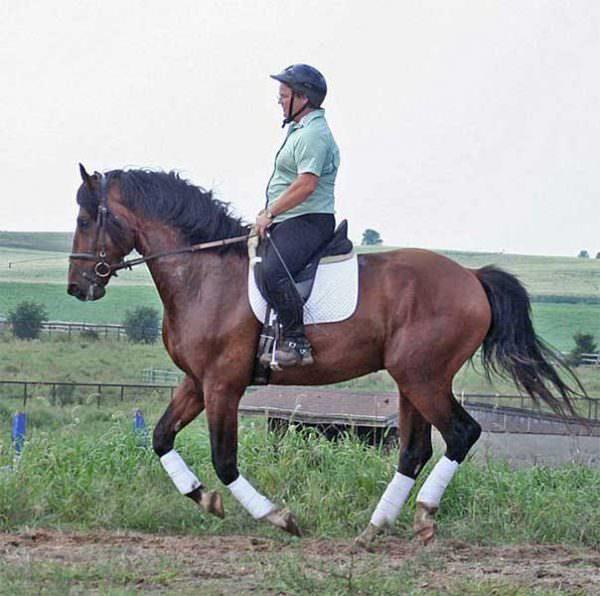

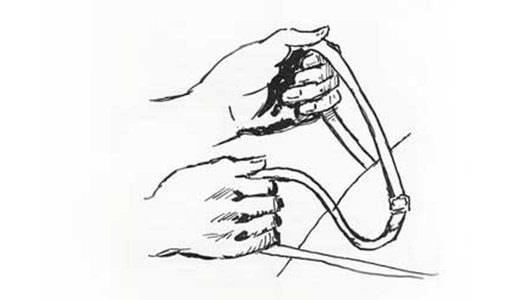
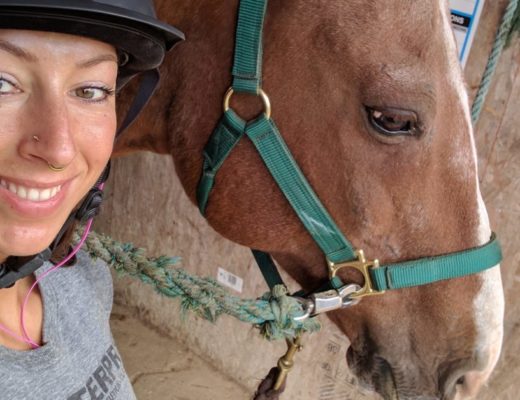
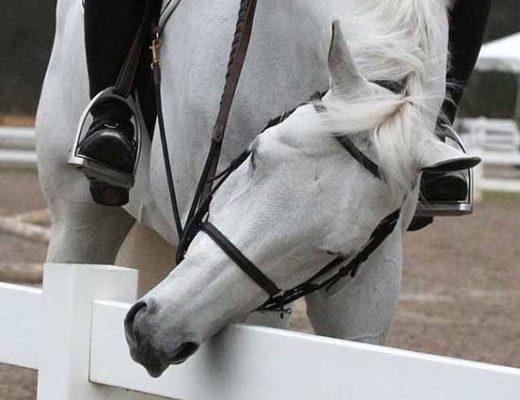
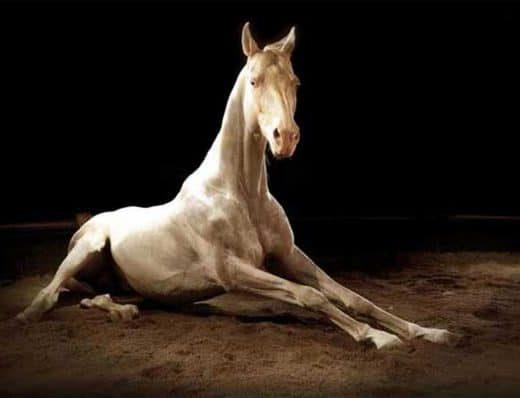

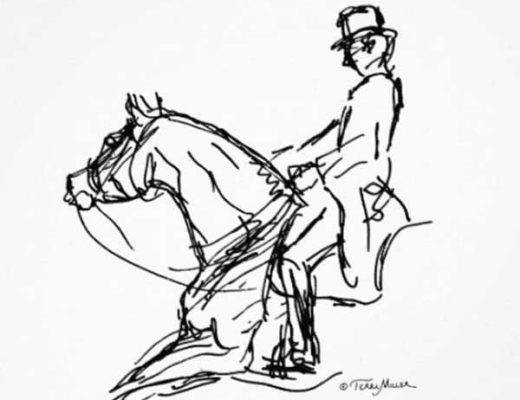
Is there a legal “weight limit” for a person to ride a horse of some size or stature?
No legal anything in the USA really. The only regulations enforced are generally when you begin competing based on the governing association’s rules (even those aren’t always endorsed).
But weight limits, no. The general rule of thumb is 20% of the horse’s own body weight is the maximum weight rider they can carry. Which means that a 1000lb horse could carry a 200lb rider. I don’t agree with that, something closer to 15% is my personal opinion if we’re just going solely off of the rider’s weight.
Then again I’ve seen riders 250+lbs on medium-sized horses who rode with such skill and use of their body that their horse looked to be carrying a feather around, and riders weighing a mere 100lbs riding so poorly their large horses struggled to counteract and maintain balance.
Pay attention to the horse and they will always tell you what they’re comfortable with. How do they move under their rider, are they avoiding being mounted suddenly, are their back muscles tender when you run your fingers down them, is their back actually appearing swayed during/after a ride, excess tail swishing, ear pinning, refusing to move forward or balking? Any of these things can certainly indicate something like a poor fitting saddle, but also a rider that isn’t appropriate for that particular horse no matter their weight. 🙂
With the 20% rule, remember that that percentage should also include the tack as well. If the person is 200 pounds and his tack weighs 30 lbs, he’s over the 20% rule for that 1,000 pound horse.
Also, if the horse is overweight, that 20% rule doesn’t apply either. An overweight horse is at risk already of hurting his own joints…add a big rider and the trouble worsens.